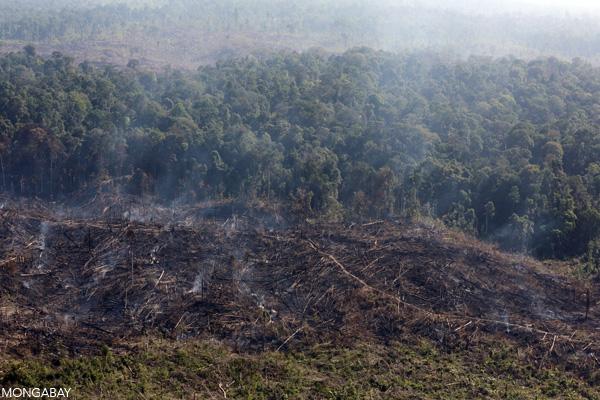Scientists have discovered a “supercolony” of Adélie penguins in Antarctica’s remote Danger Islands, raising hopes that the bird’s population isn’t declining as rapidly as previously thought.
The discovery, which is documented in a paper published recently in Scientific Reports, came after Stony Brook University biologist Heather Lynch and NASA’s Mathew Schwaller noticed apparent guano stains in satellite images of the Danger Islands, a remote chain of normally ice-locked islands off the Antarctic Peninsula, in 2014.
In December 2015, Lynch and a multinational research team undertook an expedition to the islands, finding thousands of nesting birds. The scientists utilized quadcopter drones to survey the nesting grounds in an automated manner and then used software to process the imagery for individual nests. The approach enabled a fast and highly accurate count relative to ground observations.
“The drone lets you fly in a grid over the island, taking pictures once per second,” said study co-author Hanumant Singh, a Northeastern University engineer who developed the drone’s imaging and navigation system, in a statement. “You can then stitch them together into a huge collage that shows the entire landmass in 2D and 3D.”
In all, the researchers counted a million and a half penguins.
“Our survey reveals that the Danger Islands host 751,527 pairs of Adélie penguins, more than the rest of Antarctic Peninsula region combined, and include the third and fourth largest Adélie penguin colonies in the world,” the scientists wrote.
The discovery is significant for a couple of reasons, said the researchers. First, the study validates the approach of combining satellite imagery with ground and unmanned aerial vehicle surveys. Second, it shows that the Adélie penguin population in the Danger Islands seems to have dodged the declines observed on the Western Antarctic Peninsula. On the latter point, the scientists recommend establishing a special marine protected area for the Danger Islands.
“Until recently, the Danger Islands weren’t known to be an important penguin habitat,” said Lynch in a statement. Now that we know how important this area is for penguin abundance, we can better move forward designing Marine Protected Areas in the region and managing the Antarctic krill fishery.”




